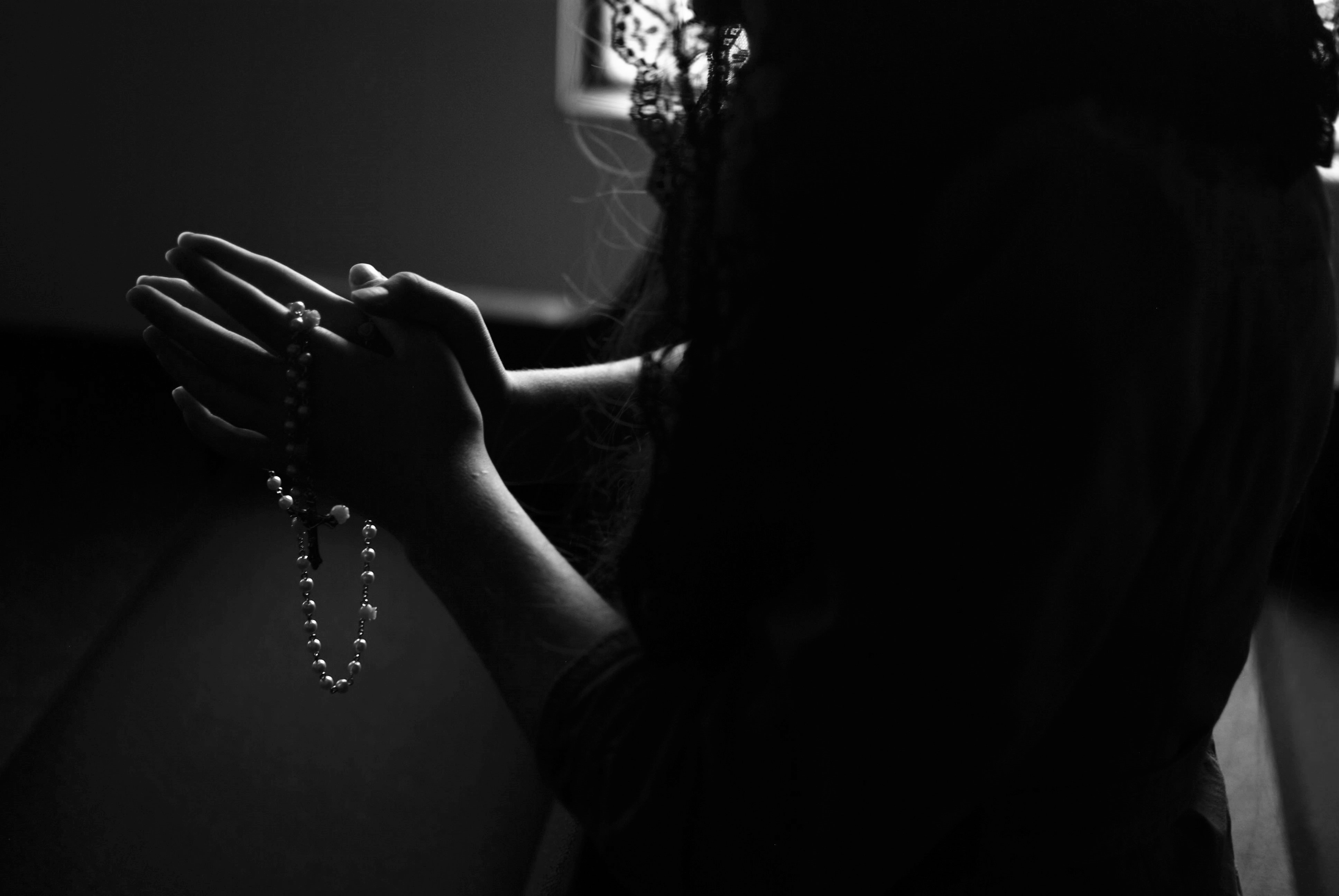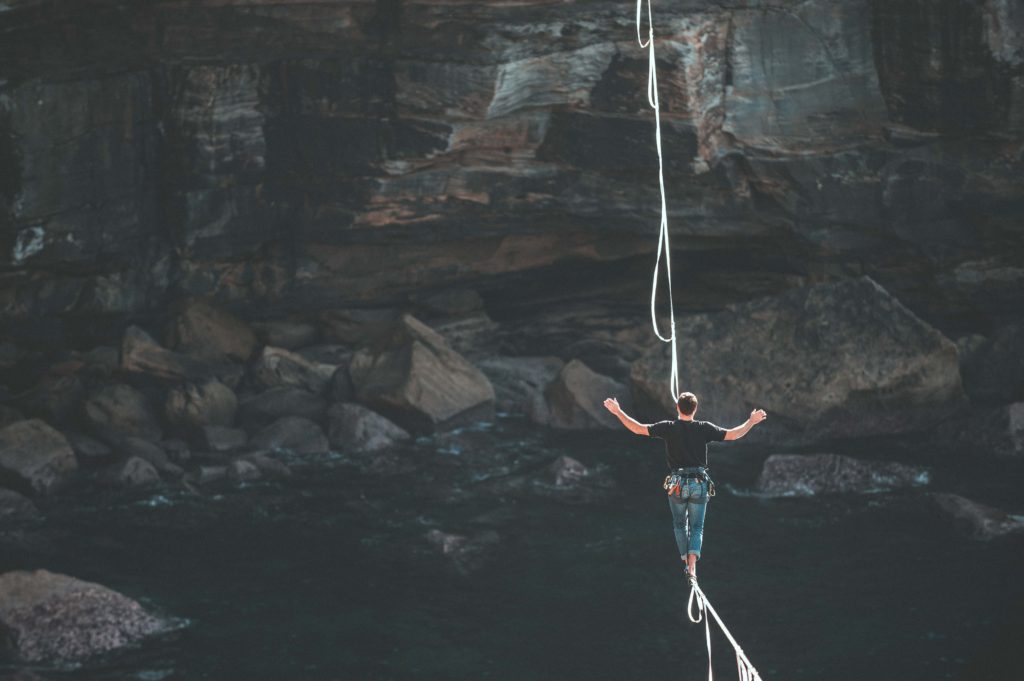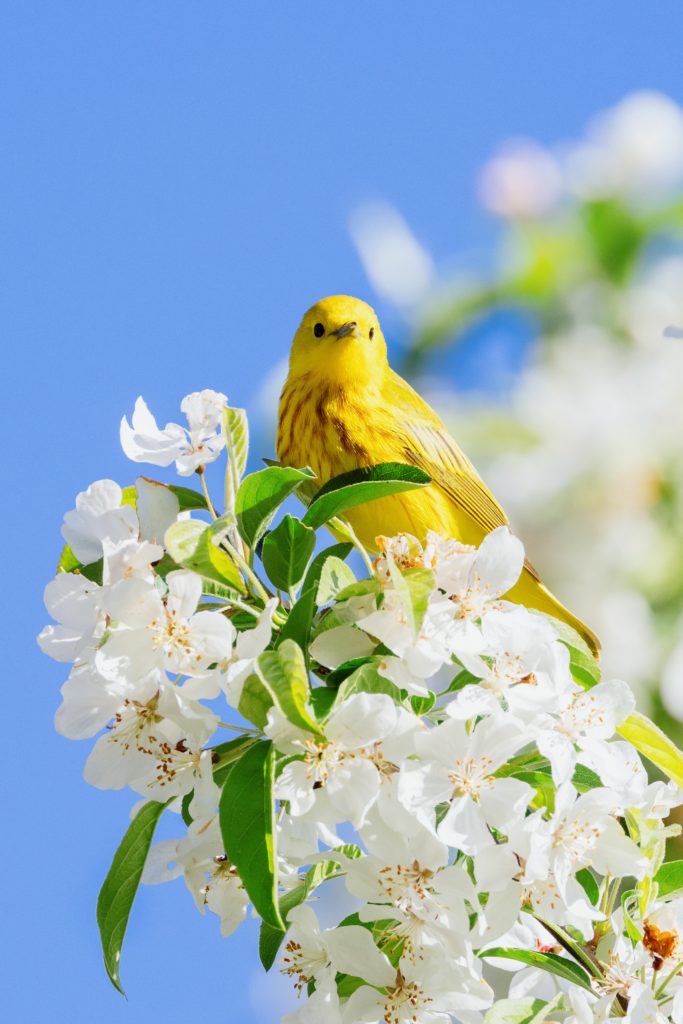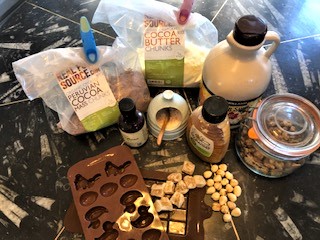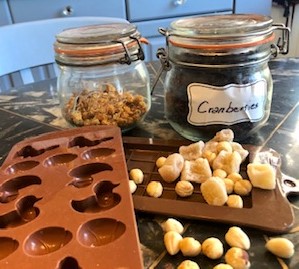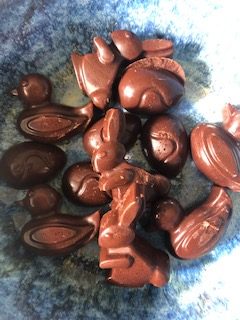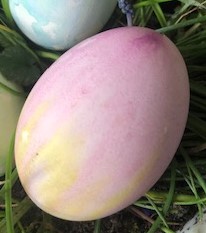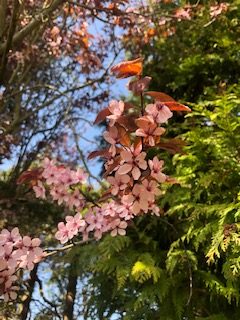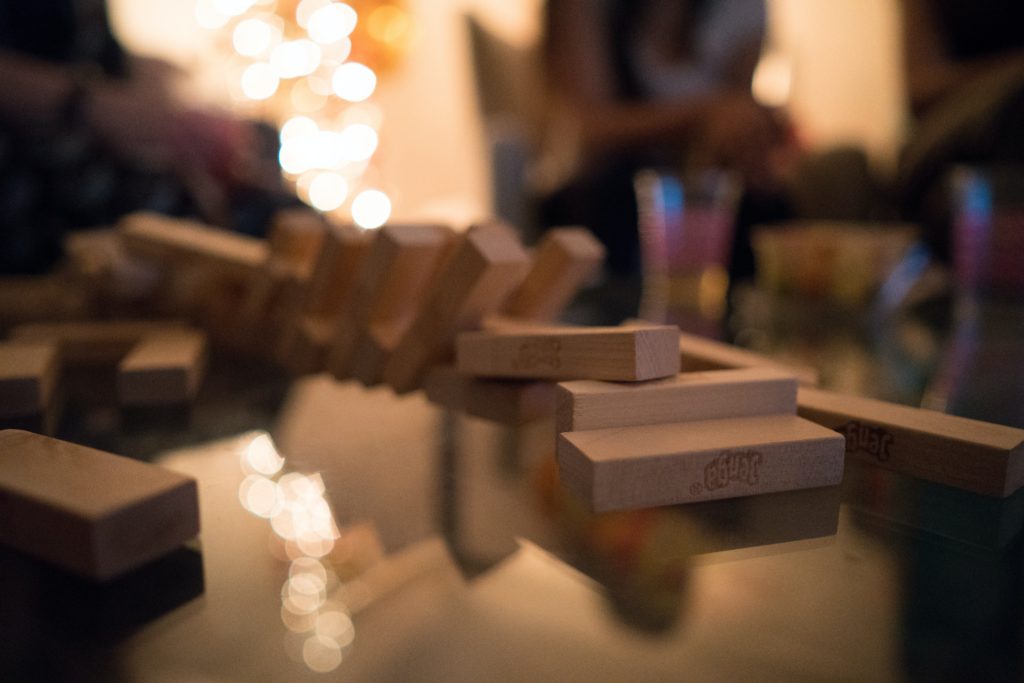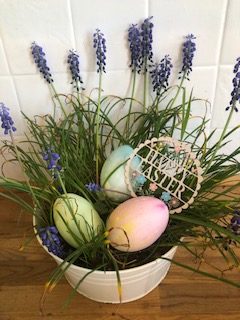We all need guidance sometimes, whether it is for a life-changing decision like retirement or how to negotiate a difficult situation. Where we go for such guidance will vary from seeking professional advice to asking a friend. But what about all those little decisions in between or ones we’re not even sure how to ask for?
Some of you will remember that I’ve written about Julia Cameron’s seminal text The Artist’s Way before. So when I felt I needed a little more instruction on pursuing a more creative life, who better to turn to than the same author? Her latest book, Living the Artist’s Way differs from the first in that its focus is the spiritual. It is another interactive book, requiring the reader to pursue their own answers and what I love about it is the fact that while remaining devotional at heart, she never veers into dogmatism or preaching. She, like me, believes that we must each find a path that we are comfortable with.
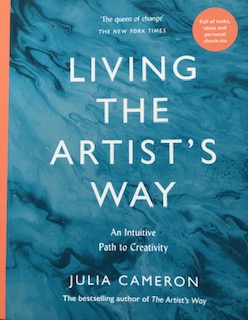
Image: Karen Costello-McFeat
The Four Pillars
For Cameron believes that a creative life – in its fullest sense – rests on four pillars. These are: morning pages, artist dates, walks and asking for guidance. The focus here is on the first and the last.
Morning pages
This is journal writing to the rest of us. She requires us to write three pages at a time and to do so at the start of the day. Why in the morning? Well, it is a way of decluttering before you begin the day’s tasks. If you have had strange dreams, been fretting in the night or gone to bed a little disturbed by events, here is your chance to write them out and away.
My dreams are often fairly crazy (could be the CBD oil) and sometimes linger if I do not set them down and come to terms with them. The morning pages also let me reflect on the day ahead and, most importantly, set my intentions.
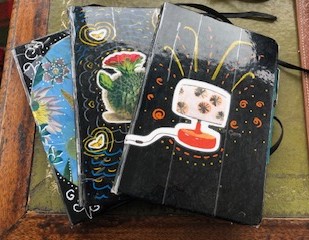
As you can see, one soon fills us a lot of journals. Writing in this way not only helps our mental health (seeing our thoughts written out on paper makes them so much clearer and less scary). It also helps to improve our writing, since, as in anything, practice is key.
If nothing else, it keeps a record of our life that is rather more reliable than memory and certainly more honest that photographs. And if your life is really exciting, a constant source of entertainment. I love Gwendolyn’s comment in The Importance of Being Earnest:
I never travel without my diary. One should always have something sensational to read in the train.’
Oscar Wilde, The Importance of Being Earnest
Ah, if only my quiet life should merit such a comment!
But I become frivolous.
Ways of looking at prayer
Cameron suggests that at the end of our morning pages (and any other time we feel the need) that we use this opportunity to write down what it is that we would like help with. This is the point that we can ask for guidance and wait for the answer and transcribe it.
The answer may be immediate or it may take some time, but it will come.
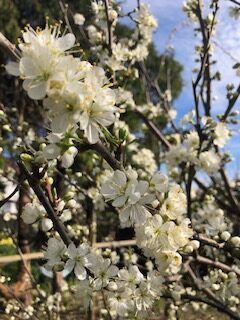
Prayer is not asking. Prayer is putting oneself in the hands of God, at His disposition, and listening to His voice in the depth of our hearts.
Mother Teresa
I love the way that Mother Teresa has described prayer above. It is a act of humility: giving our own desires over to a higher, benevolent power.
In the Quaker tradition it is known as holding in the light. We still our minds in the silence and wait for guidance. It may not always be what we want to hear, but it will always be right.
Cameron’s technique works in the same way. Once we have finished burbling in our journals and emptied our minds, we are ready to receive our counsel.
Here is an example from her book that I think could be of use to many of us.
‘Often, when we slow down, we find that we open the door to guidance and inspiration. It is a paradox that by easing up on ourselves, answers seem to come to us as if out of nowhere, and often with powerful speed.
Ask your guidance what you could do to ease the pressure on yourself. Can you take a break or a nap? Can you push a deadline? Can you give yourself a full day of ‘no expectations,’ where you ask for nothing from yourself?
What do you hear? Can you give it a try?
Julia Cameron, Living the Artist’s Way
Because prayer, once asked, requires action. Our guidance will help us proceed in a thoughtful way. If we pray for a friend who is sick, our counsel may prompt us to send a letter or make a call. If we ask for advice, as above, we may need to set better boundaries for ourselves or those we live with.
Sources of inspiration
Over the years, I have found many places which give me inspiration on how to live. If you are a member of a religious organisation, you have the holy texts, but for the more secular amongst us, poems and inspirational quotes can act as a doorway to contemplation.
A time for reflection
The arrival of spring with its promise of rebirth in the natural world coincides with festivals for many of the major religions: Ramadan, Passover, Easter and Holi, just to name a few. And as people celebrate throughout the world, we too can join in our own way. There is so much to be grateful for – not least that we have survived the hardships of winter.
And if you are new to prayer, I suggest this one.
If the only prayer you said in your whole life was “thank you”, that would be enough.
Meister Eckhart
Happy Easter
As the Easter holiday begins next Friday, there will be no post then, but I hope to return with news of some of our creative ventures.
May the long weekend give you an opportunity to relax and reflect and perhaps begin the habit of asking for guidance.
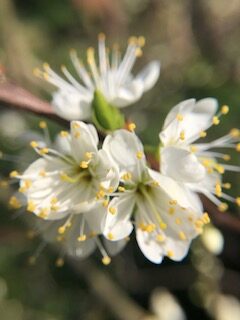
Image: Karen Costello-McFeat

